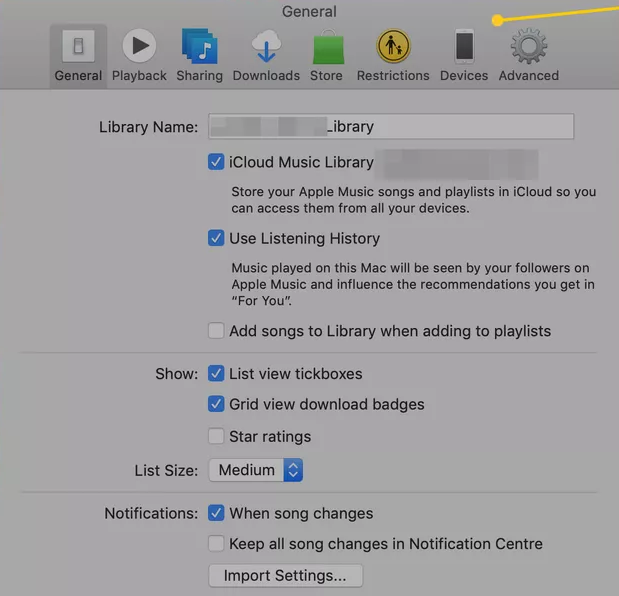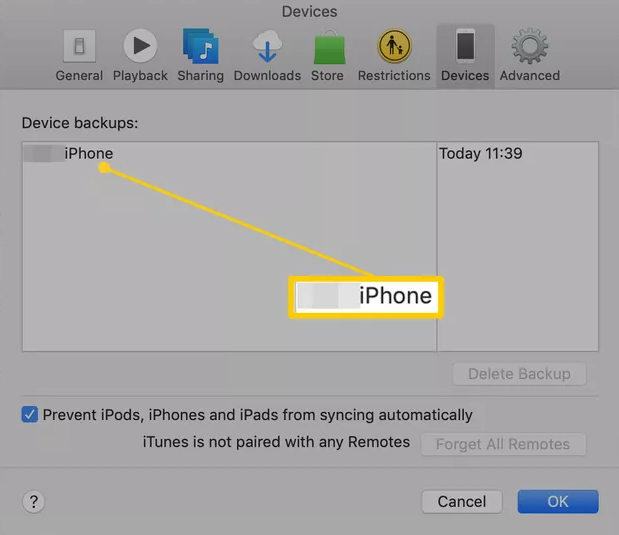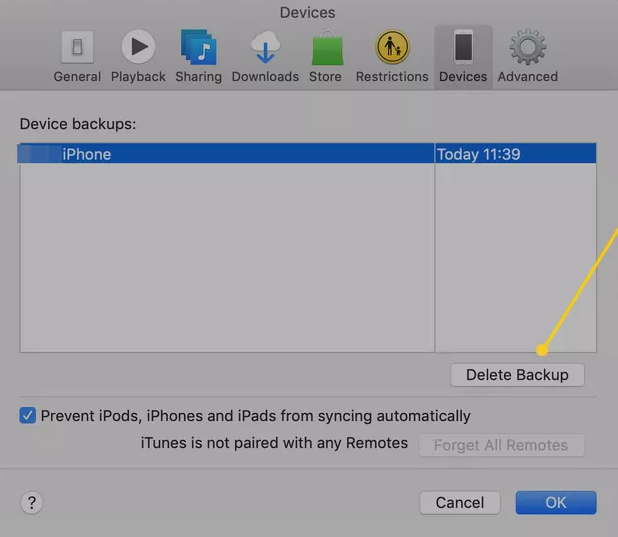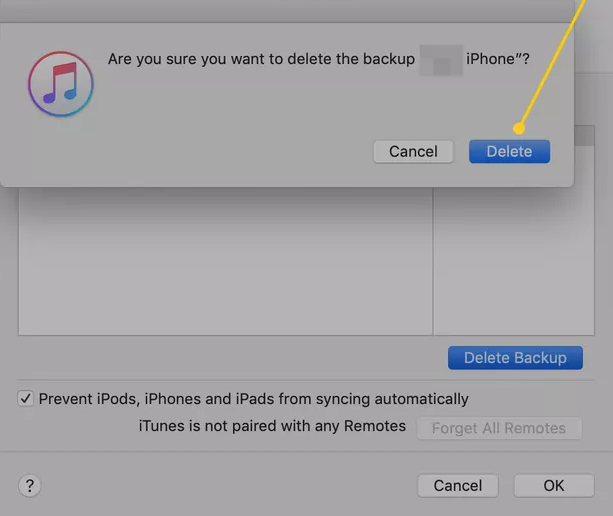Guide
How to Delete iPhone Backup on Mac

It is essential to save a backup of your iPhone in the event that the worst case scenario occurs and it stops working. On the other hand, such backup files can consume a significant amount of storage space on your computer. It is helpful to know how to delete an iPhone backup, as well as what to do when it comes to iCloud backups, for those occasions when you need to erase data on your computer and make some space for something else. This can happen in situations in which you need to free up space for anything else. This article will walk you through the steps necessary to erase the backup of your iPhone on your Mac. So let’s get started:
Read Also: How to Disable Sleep Mode on Your Mac
How to Delete iPhone Backup on Mac
Using iTunes:
If you are aware with the location of your previous iPhone backups, erasing them manually is a basic and uncomplicated operation that you may perform on your own. The following describes the next step to take.
1. Open iTunes.
2. To access the preferences, navigate to iTunes > Preferences on the menu.

3. Choose the Devices tab from the menu.

4. To delete a backup, you need to pick the one you no longer need and click the name of the backup.

5. Click Delete Backup.

6. Click Delete.

7. Click the button labelled “OK.”
FAQs
Is it OK to delete old iPhone backups?
If you erase the backup on your iPhone, the information that has been synchronized to iCloud.com will remain unaffected. In point of fact, it won’t have any bearing whatsoever on the content that’s actually stored on your device. I’m going to suppose that the majority of you are interested in photographs. Photos taken with an iOS smartphone are never simply saved in a backup copy of the device.
Can you view iPhone backup files on Mac?
Location of iPhone backups on Mac:
Launch iTunes if you are using a version of macOS that is earlier than 10.14, or launch Finder if you are using a version of macOS that is 10.15 or later. To access the Devices tab in iTunes, navigate to the Preferences menu first. To select the backup that you want from the list, control-click it. After that, select “Show in Finder” from the menu.
Where is the iPhone backup file located?
Discovering the location of the iTunes backup folder in macOS
Using Spotlight, Finder provides the ability to see the location of the default backup. You may enable MobileSync by clicking Cmd +, then typing /Library/Application Support/MobileSync, and then pressing Enter. When you open the Finder window, you will see a folder that is labelled “Backup.”
What happens when you delete iPhone backup?
As was said before, all of the data that is backed up to your iCloud, including the data from your apps, messages, photographs, and videos, as well as any other vital data, will be wiped permanently. So, you will not be able to retrieve the data from iCloud if you plan to upgrade to a new iPhone or re-setup your existing iPhone from the beginning of the process.
Why is my iPhone backup so big?
It’s possible that you are unaware of the situation, but the fact that iCloud’s capacity has been exceeded due to the storage requirements of messages and photographs is really genuine. Regardless of the messaging apps you have installed on your device, iCloud will back up not only the conversations you have had but also any photographs or videos that your contacts have sent to you.
Is iPhone backup necessary?
Therefore, it is essential that you back up your iPhone or iPad often. It’s possible that you don’t have a lot of documents on these devices that aren’t kept on a cloud server, which you can easily access if it becomes essential; nevertheless, it’s conceivable that you do have images and movies on these devices, which could be lost if you haven’t backed them up.












